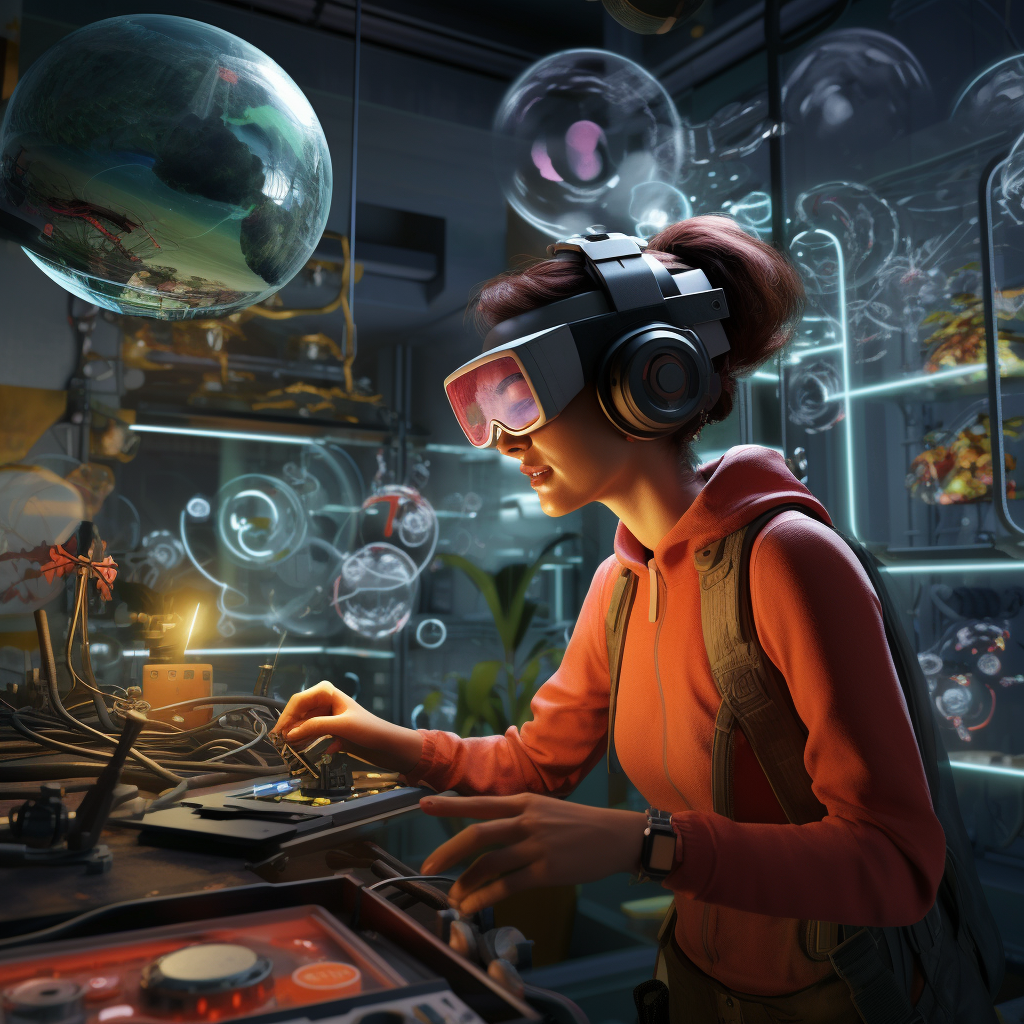Our Blog

The Impact of Virtual Reality on CGI and 3D Animation
Virtual Reality (VR) is revolutionizing the landscape of Computer Generated Imagery (CGI) and 3D animation, creating new realms of possibilities. This immersive technology is not just a new medium for storytelling but also a transformative tool for animators and CGI artists. In this article, we explore how VR is influencing the world of CGI and 3D animation, pushing the boundaries of creativity and interaction.
VR and Enhanced Realism in CGI:
VR technology has elevated the standard of realism in CGI. With the ability to create 360-degree environments, VR allows for a more immersive and lifelike experience. This leap in realism is not just about visual quality but also about how users engage with the content, offering a level of interactivity that traditional CGI cannot match.
New Creative Dimensions in 3D Animation:
VR opens up innovative avenues for 3D animators. It provides a platform where artists can build more complex and interactive animations. The spatial nature of VR gives animators the unique challenge of creating content that is engaging from all angles, enhancing storytelling techniques.
The Impact on Workflow and Production:
Integrating VR into CGI and 3D animation has significantly impacted production workflows. VR technology offers tools like VR sculpting and virtual storyboarding, which allow for more intuitive and natural creation processes. This can lead to more efficient workflows and enhanced collaboration among creative teams.
Challenges and Opportunities:
While VR presents exciting opportunities, it also comes with challenges. The demand for high-resolution textures and complex models in a VR environment requires more processing power and advanced rendering techniques. However, these challenges drive innovation in the field, leading to the development of new tools and technologies.
